Article by Jon Hazelwood, Principal at Hassell
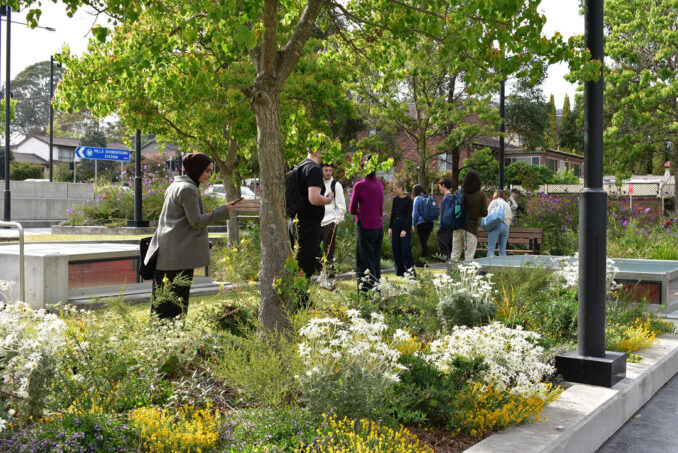
Landscape architecture has become a political discipline, with landscape architects the diplomats, facilitating collaboration among various stakeholders to achieve common goals. Urban landscapes carry a heavy burden on them in terms of performance, attracting people and pollinators, promoting biodiversity and well-being, staying within budget, requiring minimal maintenance, being culturally important, blending seamlessly into their surroundings, adapting to seasonal changes, and standing the test of time. They must also be Instagram-worthy while addressing climate challenges and remaining sustainable. The modern urban landscape must inspire and educate, all while reflecting the dynamic tapestry of humanity surrounding it.
So, how do we address the pressing issues of mitigating heat island effects, integrating sustainable design principles, and reducing environmental impact while fostering collaboration and engaging the community?
Getting our hands dirty might be the solution.
Just as architects prototype and test the materiality of their buildings, we, as landscape architects, should embrace the opportunity to engage in more strategic experimentation with academia.
Examples of Testing: Learning and Growing
The idea of testing isn’t new – but it is changing. Often, we would approach the testing component from a design perspective, with the plant’s success judged by the outcome’s beauty.
Now, through academic collaboration and working side-by-side with horticulturalists, we’re seeing better outcomes when all these different perspectives meet and collectively consider these things alongside the maintenance regimes in dynamic landscapes that are constantly evolving.
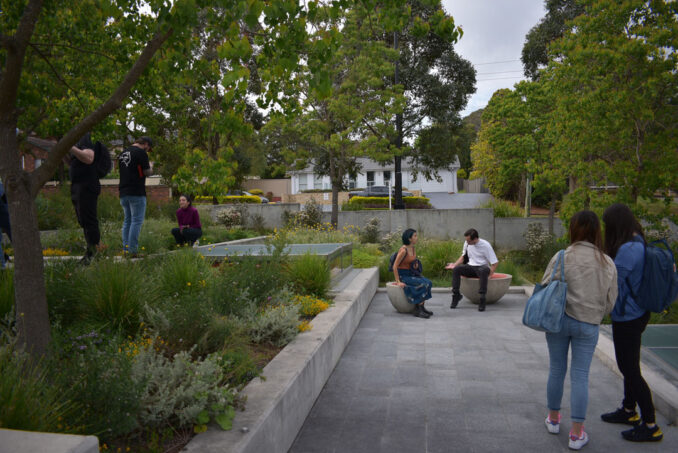
In 2022, Hassell embarked on a research testing at scale: eight thousand plants and 110 species at the Hills Showground Metro Station, Sydney. Designed in collaboration with Sydney Metro, John Rayner and Clare Farrell at the University of Melbourne.
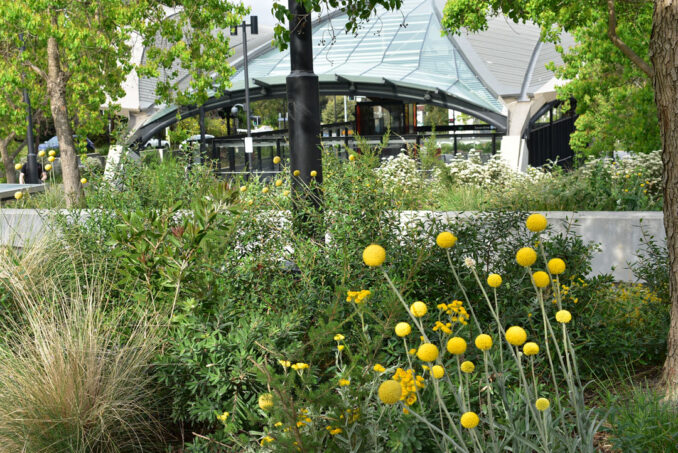
After a year of close observation, we’ve accumulated a robust evidence base that is expanding our knowledge. We now have data on the most successful plants and plant combinations, their growth rates, preferred growing mediums, maintenance issues and plant procurement limitations. Notably, the landscape also looks stunning. The insights gained from this trial feed into our other projects, ultimately becoming part of a planting guide for our practice to share.
This is just the first of many planting trials currently being undertaken, with trials of complex biodiverse novel ecologies planned across a number of our sectors, including large cultural projects and large urban transport typologies.
The success of our projects and the resilience of our planting in changing climates hinges on our ability to test and trial new ideas and methods. Only through large-scale research can we provide our clients with the certainty they seek, deliver better outcomes, and move the conversation forward.
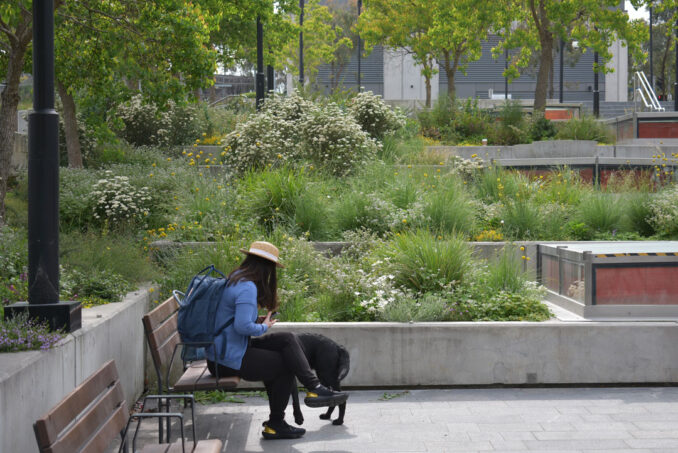
Walking on Uneven Ground: Expanding Plant Knowledge
Essential to the success of our work is understanding how plants perform under stress and in conditions of poor maintenance.
But what if we don’t understand – or even have an interest in – plants?
The type of testing and trialling we are proposing as a core skill for our industry requires a solid foundation in plant knowledge within any design team. It’s an aspect where our discipline often experiences a blind spot. In reality, many of us leave university with woeful plant knowledge; I know I did.
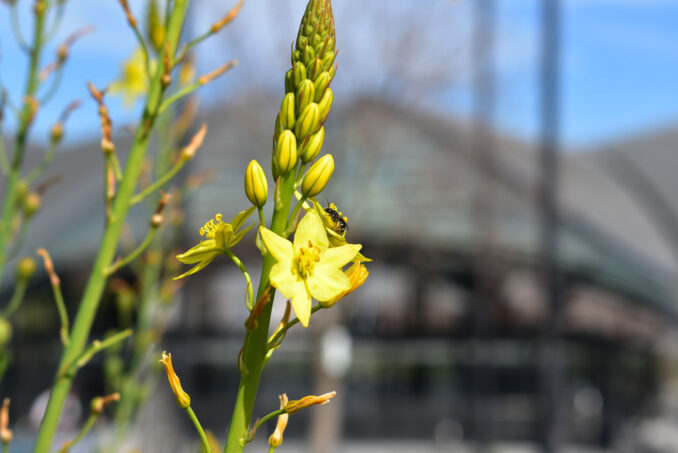
The sort of knowledge we need can only come, I believe, through playing with plants over a period of time, which is what trialling and collaborating allows us to do. Getting into the garden, street verge or project site and seeing it thrive or not adds new possibilities to how we practice and tackle pressing problems.
High skills, low maintenance
The final piece of the puzzle is increasing the wages and skills of those in horticulture.
With project planting becoming more like nature, that is, dynamic with constant change and softer edges, the person on the ground maintaining the planting must be skilled beyond everyday mowing, spraying and slashing.
They must be skilled and able to identify a weed from a seedling, allowing complex urban ecologies to regenerate and change. Standard landscapes require low skill sets but high input maintenance. Achieving a diverse and complex urban ecology requires a highly skilled worker but less input and time.
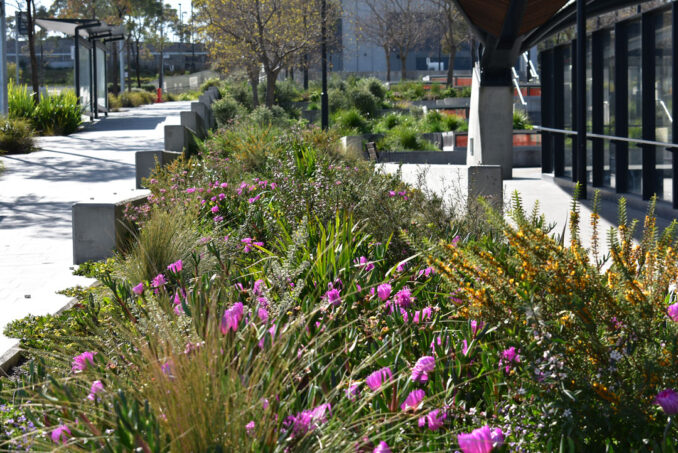
Conclusion
As we embark on this journey, let’s get our hands dirty, explore, experiment, and nurture urban green spaces into vibrant, sustainable, and resilient landscapes that meet the demands of today’s world. In a rapidly changing environment, it’s time for landscape architects to be the change-makers, leading the way towards a greener, more sustainable future for our urban green spaces.
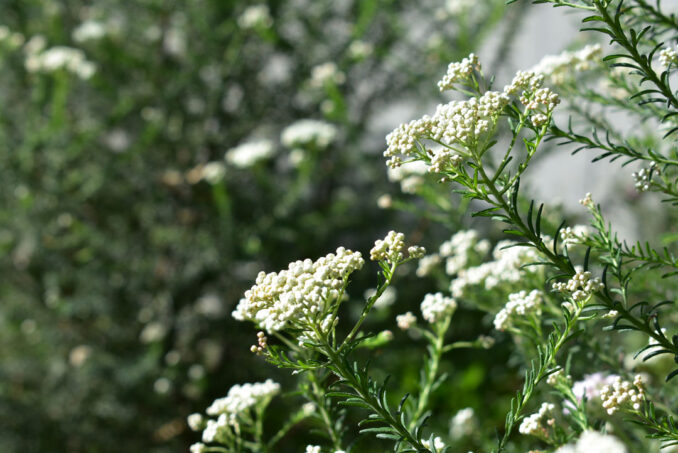
Article by Jon Hazelwood, Principal at Hassell
Images Credit: Jon Hazelwood, Principal at Hassell
